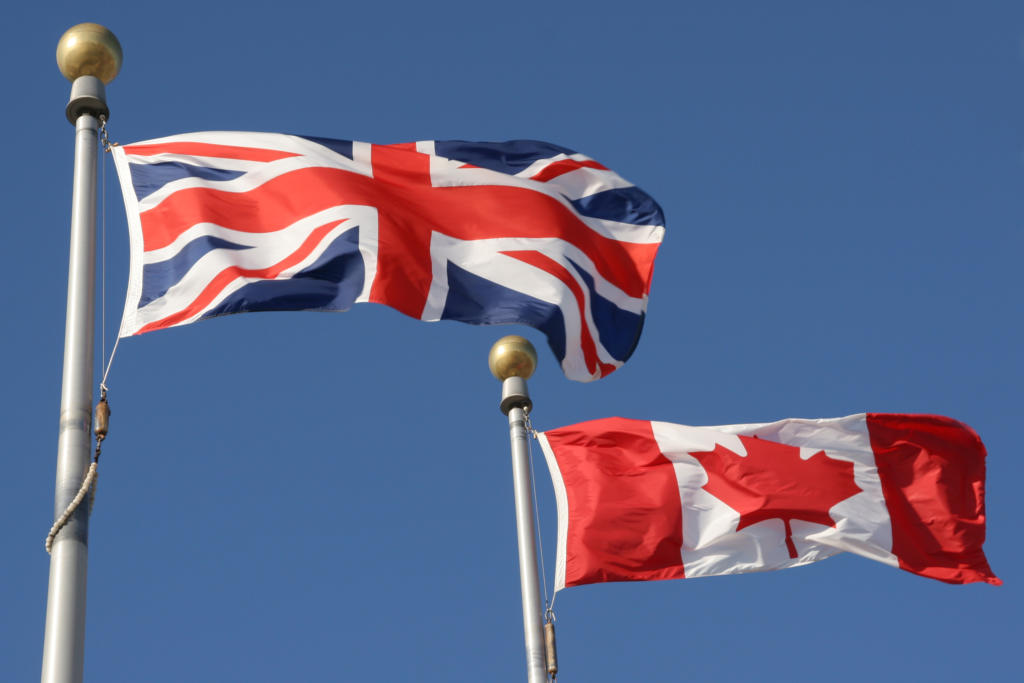
The Canadian trade mark regime has undergone a substantial legislative reform. The reform of 17 June 2019 modernised and harmonised the Canadian trade mark system making it potentially more attractive for Canadian and foreign businesses.
How the changes could affect the UK based businesses?
- The Canadian system used to be broken in to two classes; goods and services. From 17 June 2019, trade mark specifications will use the pre-approved terms from the Nice Classification (which divides goods over 34 classes and services over 11 classes).This significant change should reduce the number of deficiencies raised in trade mark examination and standardise the trade mark registration processes. This change also reduces trade mark filing fee for an application in one class;
- UK businesses can now file an international trade mark application through the Madrid System covering Canada. This was not possible prior to June 2019 and means that the whole of North America can be covered using the single filing system. This will allow anyone to file international trade mark applications in a cost effective way;
- UK businesses will benefit from an increased flexibility to rectify errors in a trade mark application. In some instances, when the error is obvious, the Examiner will be entitled to correct it independently. It remains advisable to ensure that the trade marks are filed correctly to avoid expensive revisions;
- UK based businesses and individuals are now able to file non-traditional trade marks in Canada. Non-traditional trade marks may consist of, for instance, smell, sound, shape, taste, texture, holograms, single colour. There is an ongoing trend of offering non-conventional ways of trade mark protection which has been embraced by number of countries which Canada has followed. However, please be aware that once this type of trade mark application is filed demonstration of “acquired distinctiveness” is likely to be required by the Canadian trade mark office;
- Previously a trade mark registration was valid for 15 years. It is now valid for 10 years like in most other countries (including the USA). This should make trade mark portfolio management easier;
- There is no need to provide a basis for filing i.e. intention to use, actual use or foreign registration;
- Pending applications should not be required to provide a declaration of use after June 2019.
Please note that the list of changes of the Canadian trade mark reform is non-exhaustive. If you require further information in relation to Canadian trade mark protection or you are trading in the USA and would like to know implications of the Canadian trade mark reform, Stephens Scown can advise you on this.
